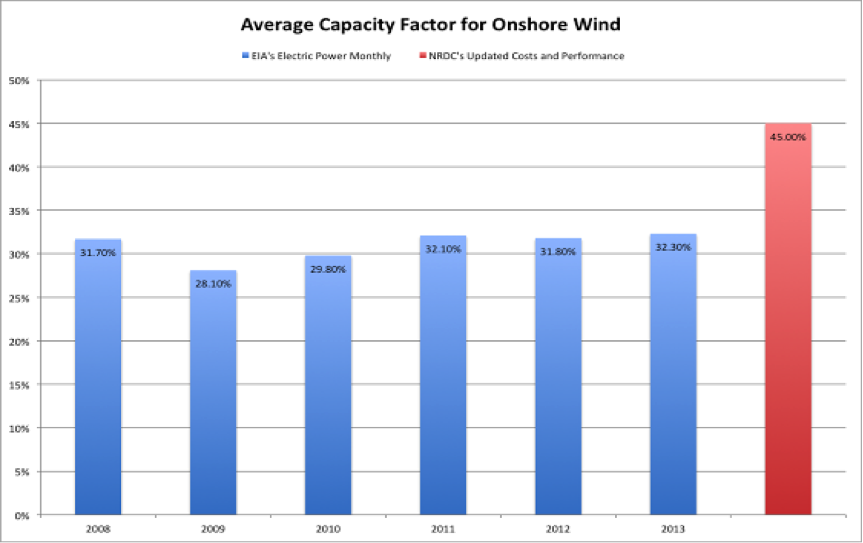It looks like Christmas came early this year. But instead of a lump of affordable, reliable coal, we’ve been inundated with regulations from the EPA. Their proposed rule for existing power plants is projected to cost $366 billion, with residents in 43 states expected to see double-digit percentage increases on average in their electricity bills from 2017 to 2031.
And the hits keep on coming. By their own estimates, EPA’s latest ozone proposal will be the costliest regulation in American history. Apparently the fact that ozone levels have dramatically fallen since the 1970s isn’t of their concern. With increasingly dubious justifications for these onerous regulations, one has to wonder if EPA simply enjoys taking the money of American taxpayers. Perhaps they’re trying to cancel Christmas this year, after all.






